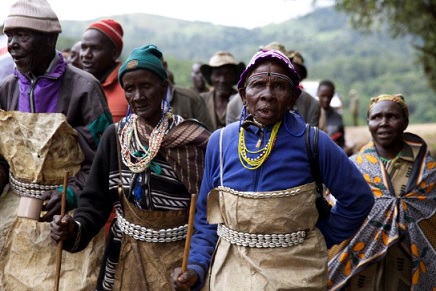In this article we are focus on listing the indigenous communities in Kenya. Under each community I will provide a brief description.
According to Stidsen & International Work Group for Indigenous Affairs (2007), it is not easy to estimate the number of indigenous people in Kenya. The state excludes a large number of indigenous communities. Additionally, the authors state that “the government has been perpetuating an assimilationist policy of compelling certain minority indigenous communities to identify with larger and more dominant neighbors and this makes it difficult to obtain accurate population statistics of indigenous people.”
Basic desktop research will show you that there is no particular law governing the indigenous peoples in Kenya. The indigenous people of Kenya face similar challenges such as lack of infrastructure such as schools and health facilities, lack of security of land tenure, lack of communication networks, lack of roads and no access to economic, social and cultural rights. The indigenous communities and minority groups do not have political influence like the majority groups.
- Ogiek
The Ogiek is an indigenous community in Kenya which resides in the Mau Forest Complex. The Ogiek Community is thought to be one of earliest ancestors of East Africa. The community has lived in the Mau escarpment since the 18th Century. The harvest honeybees and other forest resources. The name ‘Ogiek’ means “caretakers of all animals and plants” and hence the community has been conserving their ancestral forest.
- Sengwer
The Sengwer Community live in the Embobut Forest in Western Kenya which is part of the Cheranganyi hills forest. The community has lived in the Embobut community for centuries.
According to Kiwinda (2015) the Sengwer is a hunter and gatherer community. The forced evictions of the community started in January 2014.
- Yaaku
The Yaaku Community are found in Dol Dol area of Laikipia East. According to Citizen TV Kenya, there are only three surviving people of the Yaaku Tribe in Laikipia County. They speak Yaaku language. It is believed that the Yaaku people originated from Ethiopia and integrated with the Rendille.
According to Brenzinger (2007), in the beginning of 1930s the Yaaku Community made a decision to stop teaching their children the Yaaku language and adopted Maasai in its place.
References
Brenzinger, M. (2007). Language diversity endangered. Berlin: Mouton de Gruyter.
Citizen TV Kenya: Yaaku Tribe on the verge of extinction.
Kiwinda, M. M. (2015). Human rights and democratic governance in Kenya: A post-2007 appraisal.
Stidsen, S., & International Work Group for Indigenous Affairs. (2007). The Indigenous World 2007. Copenhagen: International Work Group for Indigenous Affairs.


